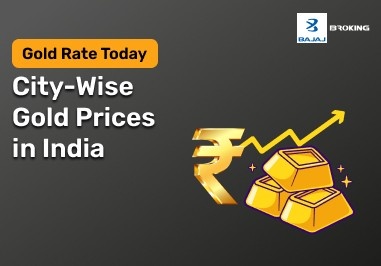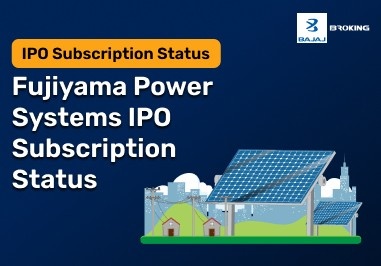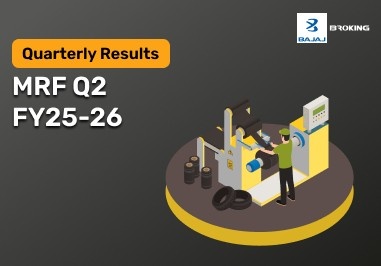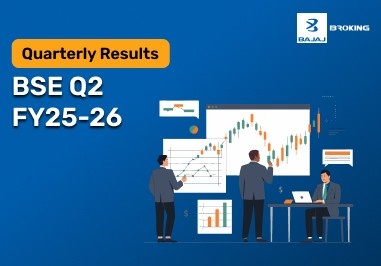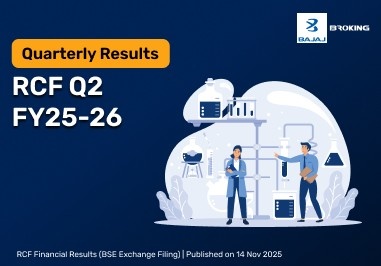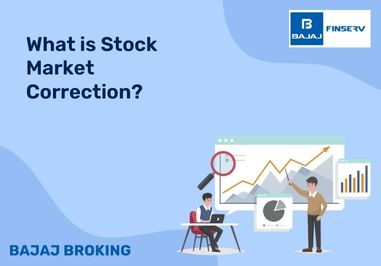Top 5 Large Cap Stocks in India You Should Know
The table below presents the top large cap stocks in India by market capitalisation. It includes details such as current market price (CMP), market cap, industry type, and dividend yield to provide a broad view of their financial standing.
Company Name
|
Industry
|
CMP (₹)
|
Market Cap (₹ Cr)
|
P/E Ratio
|
Dividend Yield (%)
|
Reliance
|
Refineries
|
1,274.5
|
17,24,700.45
|
24.93
|
0.39
|
HDFC Bank
|
Banks – Private Sector
|
1,906.7
|
14,59,049.11
|
20.97
|
1.02
|
TCS
|
IT – Software
|
3,298.9
|
11,93,570.89
|
24.60
|
1.67
|
Bharti Airtel
|
Telecom – Service Provider
|
1,889.1
|
11,33,693.76
|
56.70
|
0.42
|
ICICI Bank
|
Banks – Private Sector
|
1,406.7
|
10,01,984.48
|
20.37
|
0.71
|
Source: Screener
Overview of Large Cap Stocks
This summary table highlights operational and profitability metrics of India’s top large cap stocks by market cap, including recent quarterly profit, sales, and return on capital employed (ROCE).
Company Name
|
Quarterly Profit (₹ Cr)
|
Profit Change (%)
|
Sales (₹ Cr)
|
ROCE (%)
|
Reliance
|
21,930
|
7.38
|
2,39,986
|
9.61
|
HDFC Bank
|
18,340.11
|
2.31
|
85,040.17
|
7.67
|
TCS
|
12,293
|
-1.69
|
64,479
|
64.63
|
Bharti Airtel
|
16,134.6
|
230.71
|
45,129.3
|
13.13
|
ICICI Bank
|
13,846.89
|
16.56
|
47,037.12
|
7.60
|
Source: Screener
Reliance Industries Ltd
Reliance Industries is one of India’s largest conglomerates, operating primarily in refining, petrochemicals, retail, digital services, and oil & gas. The company is a major component of key Indian indices and has consistently maintained a leading market capitalisation.
Key Financial Metrics of Reliance Industries
Metric
|
Value
|
Market Cap
|
₹17,24,700 Cr
|
Current Price
|
₹1,274
|
P/E Ratio
|
24.9
|
Dividend Yield
|
0.39%
|
ROCE
|
9.61%
|
ROE
|
9.25%
|
Book Value
|
₹606
|
Face Value
|
₹10
|
Source: Screener
Highlights
The company has successfully reduced its overall debt burden.
It has delivered a moderate return on capital employed.
The stock trades at over 2x its book value.
HDFC Bank Ltd
HDFC Bank is one of India’s leading private sector banks, known for its retail and wholesale banking services. It is a consistent performer in profitability, scale, and market presence across the Indian financial system.
Key Financial Metrics of HDFC Bank
Metric
|
Value
|
Market Cap
|
₹14,59,049 Cr
|
Current Price
|
₹1,907
|
P/E Ratio
|
21.0
|
Dividend Yield
|
1.02%
|
ROCE
|
7.67%
|
ROE
|
17.1%
|
Book Value
|
₹652
|
Face Value
|
₹1
|
Source: Screener
Highlights
Five-year profit CAGR stands at 23.4%.
The company maintains a dividend payout of 22.9%.
Its median 10-year sales growth is 16.4%.
Tata Consultancy Services Ltd (TCS)
TCS is India’s largest IT services exporter and a global leader in consulting and business solutions. It maintains one of the highest ROCE and ROE in the Indian stock market.
Key Financial Metrics of TCS
Metric
|
Value
|
Market Cap
|
₹11,93,571 Cr
|
Current Price
|
₹3,299
|
P/E Ratio
|
24.6
|
Dividend Yield
|
1.67%
|
ROCE
|
64.6%
|
ROE
|
52.4%
|
Book Value
|
₹262
|
Face Value
|
₹1
|
Source: Screener
Highlights
The company has a 3-year average ROE of 50.3%.
It maintains a high dividend payout of 83.3%.
Despite strong profitability, 5-year sales growth remains modest at 10.2%.
Bharti Airtel Ltd
Bharti Airtel is a major telecom operator in India and several international markets. It is part of the top indices and continues to grow in subscriber base and digital services.
Key Financial Metrics of Bharti Airtel
Metric
|
Value
|
Market Cap
|
₹11,33,694 Cr
|
Current Price
|
₹1,889
|
P/E Ratio
|
56.7
|
Dividend Yield
|
0.42%
|
ROCE
|
13.1%
|
ROE
|
14.9%
|
Book Value
|
₹153
|
Face Value
|
₹5
|
Source: Screener
Highlights
Maintains a dividend payout of 42.8%.
Trades at over 12x its book value.
ROE over the past 3 years has been modest at 11.3%.
ICICI Bank Ltd
ICICI Bank is a prominent private sector bank in India, offering diversified financial services across retail, corporate, and investment banking. It is among the top performers in the banking segment.
Key Financial Metrics of ICICI Bank
Metric
|
Value
|
Market Cap
|
₹10,01,984 Cr
|
Current Price
|
₹1,407
|
P/E Ratio
|
20.4
|
Dividend Yield
|
0.71%
|
ROCE
|
7.60%
|
ROE
|
18.8%
|
Book Value
|
₹412
|
Face Value
|
₹2
|
Source: Screener
Highlights
5-year profit CAGR is 59.7%.
Interest coverage ratio remains low.
Earnings include significant non-core (other) income of ₹1,01,799 Cr.
How To Invest In Large Cap Stocks?
Investing in large cap stocks involves a systematic approach:
Open a Trading and Demat Account: Necessary for buying and holding shares electronically.
Research and Analysis: Use financial news platforms and tools to analyze company fundamentals and market conditions.
Use Brokerage Calculators: Estimate transaction costs to optimize trading expenses.
Leverage Margin Trading Facilities (MTF): For those seeking additional buying power, while understanding associated risks.
Diversify Across Sectors: Spread investments to reduce sector-specific risks.
Monitor Market Trends: Stay updated on upcoming IPOs and market news to identify new opportunities.
Set Investment Goals: Define time horizon and risk tolerance before investing.
Regular Portfolio Review: Adjust holdings based on performance and changing market conditions.
Following these steps ensures a disciplined investment process aligned with financial objectives.
Conclusion
Large cap stocks continue to be a cornerstone of well-diversified investment portfolios due to their stability, consistent performance, and growth potential. Their strong market position, robust financials, and ability to withstand economic downturns provide investors with a relatively safer avenue for wealth creation. The current economic environment, supported by government policies and improving market conditions, further enhances their appeal. Incorporating large cap stocks can help balance risk while offering opportunities for steady returns and dividend income. Investors are encouraged to maintain a long-term perspective and leverage available tools such as trading and demat accounts, brokerage calculators, and margin trading facilities to optimize their investment strategy.
Other Popular Stocks in India
Following are some other widely discussed large cap stocks across various sectors in India.
Hindustan Unilever is widely followed in the FMCG sector, known for its expansive portfolio of consumer brands and long-standing market presence.
ITC continues to attract investor interest due to its diversified operations spanning cigarettes, FMCG, hotels, and paperboards.
Life Insurance Corporation (LIC) commands strong public recognition and remains a heavyweight in India’s insurance and investment ecosystem.
Larsen & Toubro is a key player in infrastructure and engineering, often in focus for its project execution capabilities and capital goods exposure.
Sun Pharmaceutical Industries is a significant name in the pharmaceutical space, known for its broad product range and global presence.
HCL Technologies maintains popularity in the IT sector with its robust delivery capabilities and strategic digital transformation initiatives.
These companies continue to draw attention for their scale, market relevance, and role in shaping their respective industries.

